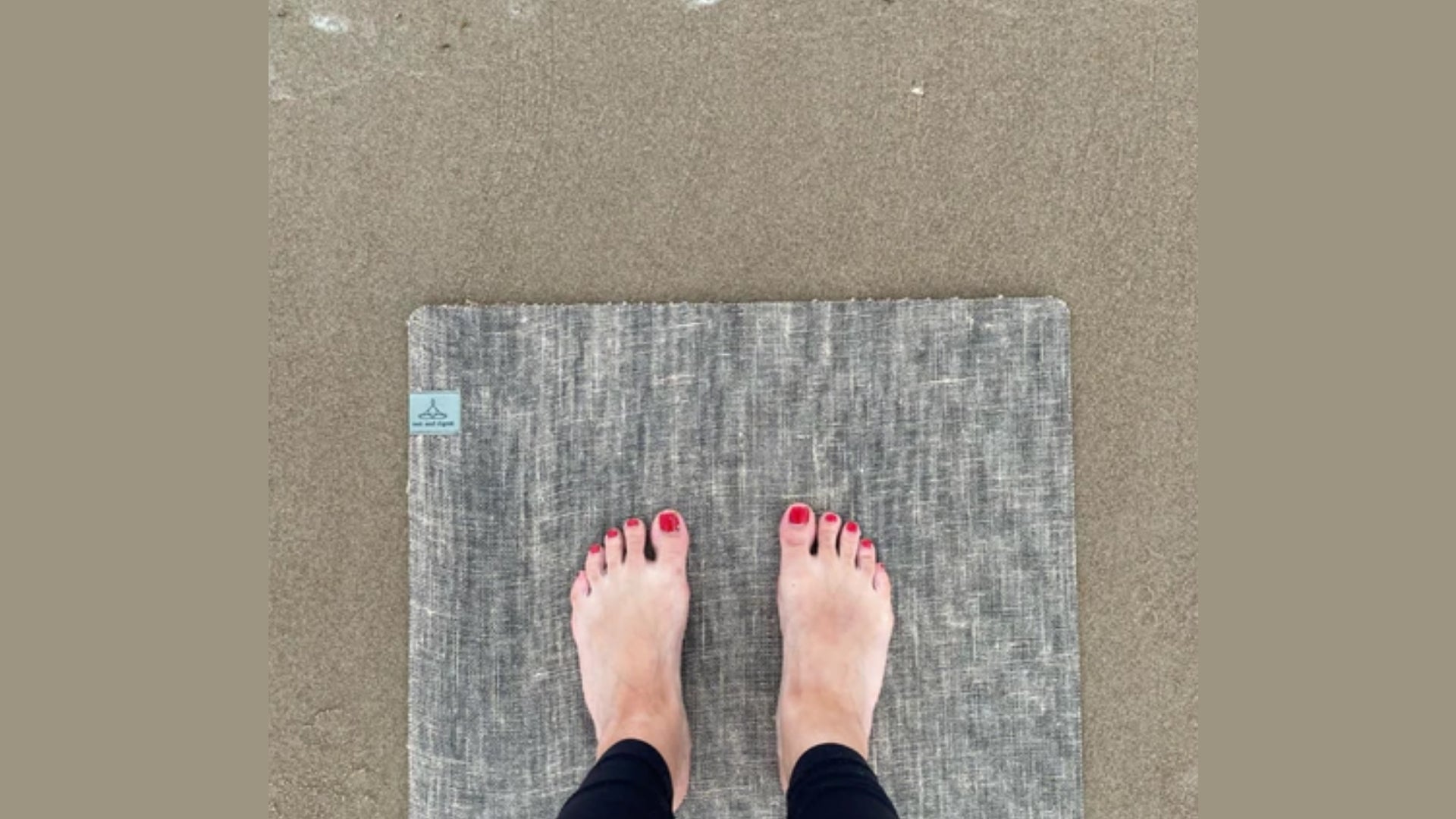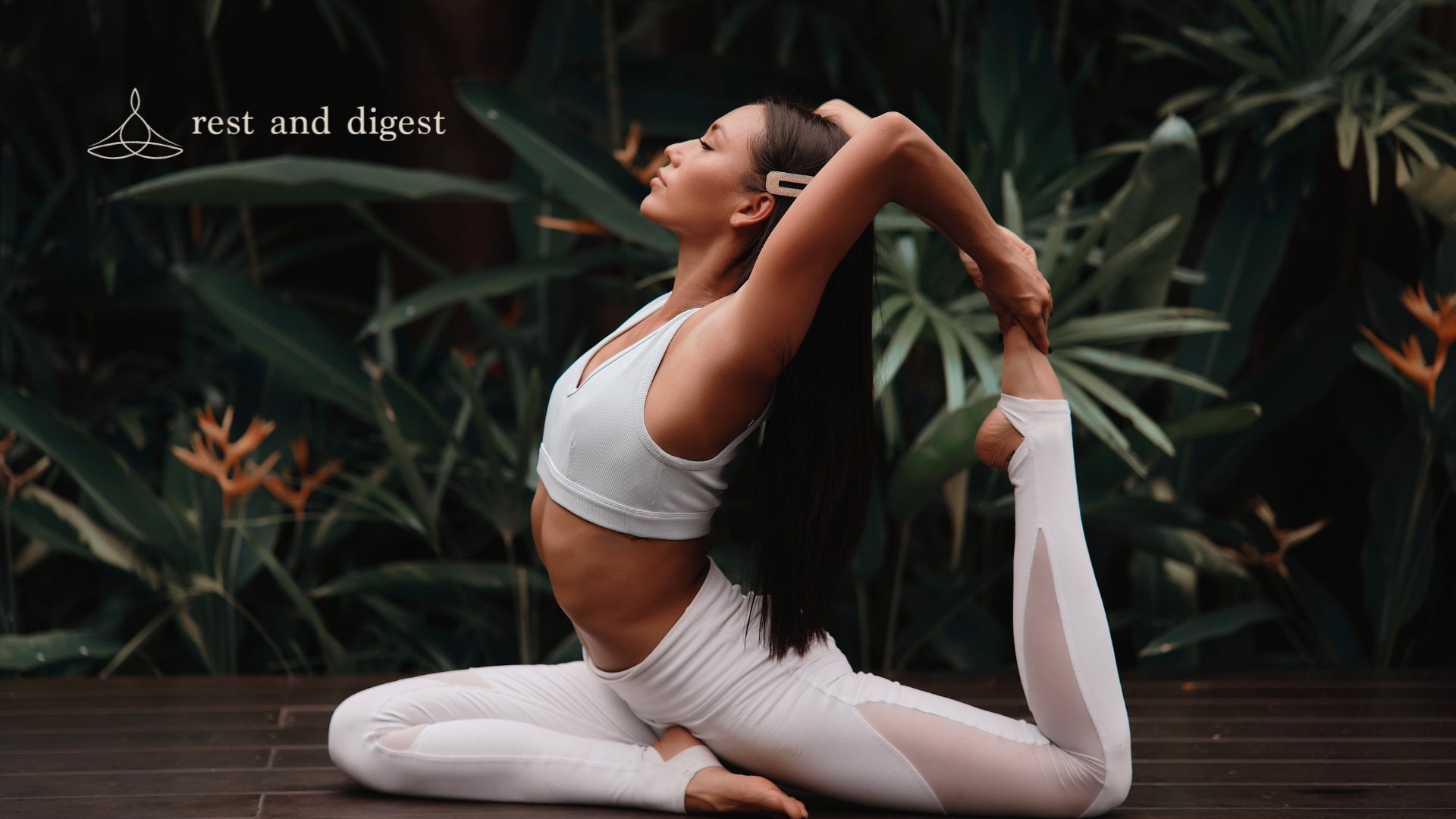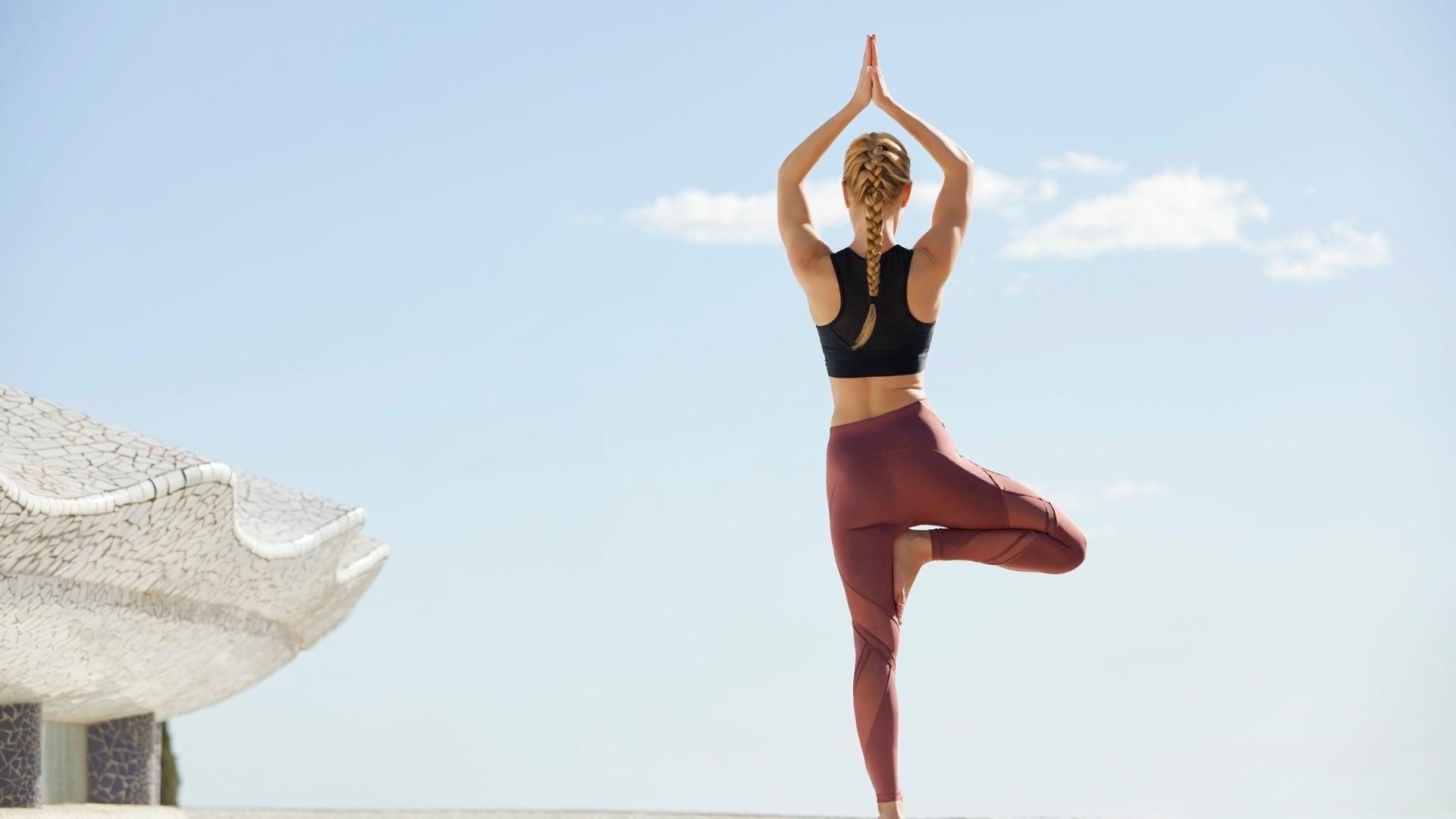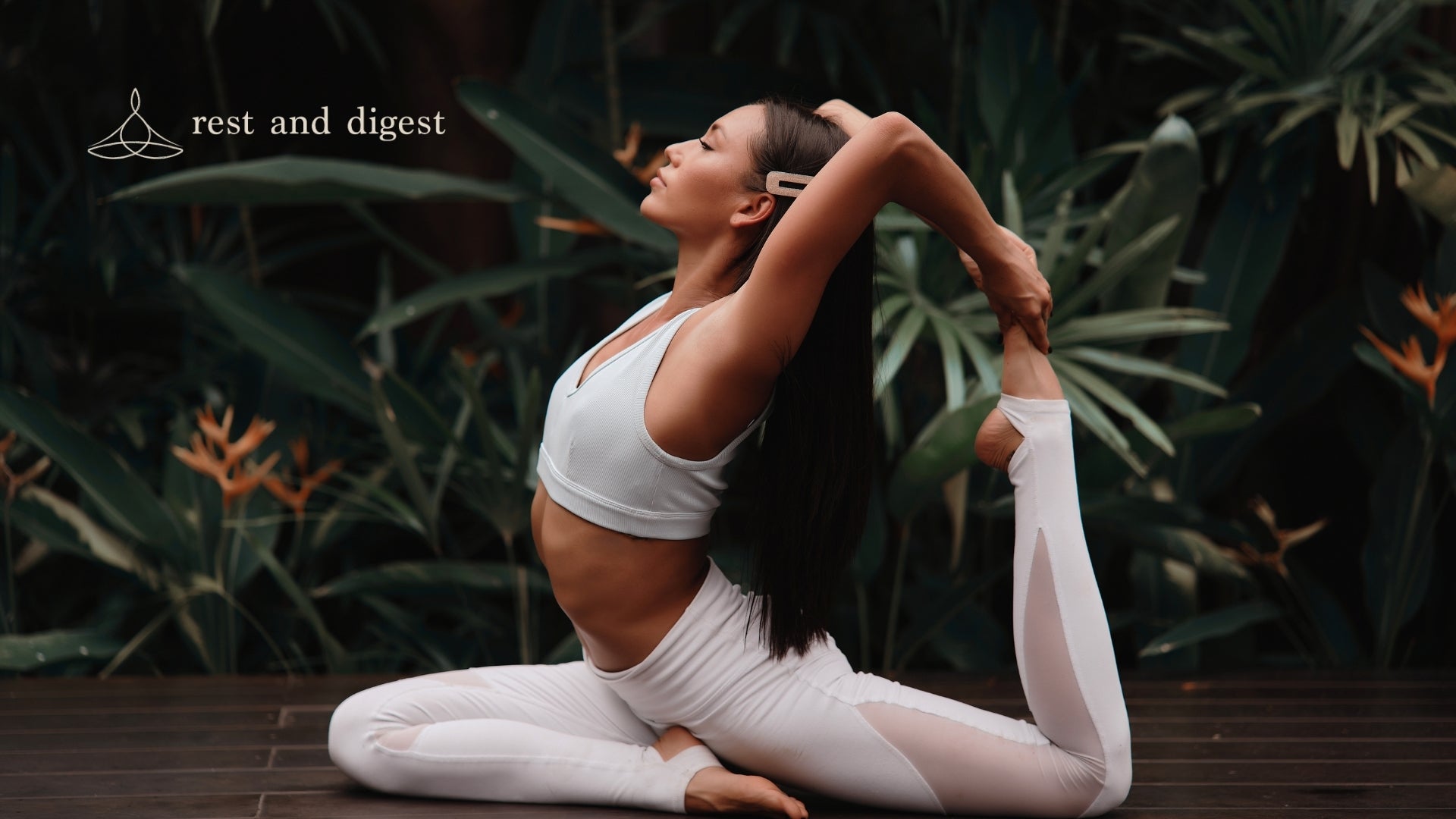
The Fascinating History of the Yoga Mat: From Ancient Origins to Today
The journey of yoga is intricately woven with the evolution of its accompanying tools and none exemplify more than the yoga mat. From its ancient origins on natural surfaces to the modern-day innovations in materials and design, the yoga mat has undergone a remarkable transformation.
This article aims to unravel the tapestry of the history of yoga mats exploring its ancient roots, transitional phases, and environmental considerations that shape its evolution. Through an in-depth examination of the past, present, and future, it highlights why the yoga mat is such an important tool for anybody practicing yoga.
Origins of Yoga Practice and Early Surfaces
Yoga had its origins in the ancient civilizations of the Indus Valley where it thrived many thousands of years ago. This antiquated society which is celebrated for its accomplishments in culture and spirituality became a basis for yoga development as a means to achieve harmony between mind, body, and soul.
The growth of yoga was deeply interconnected with the philosophical and spiritual traditions of ancient India. Influenced by philosophies like Jainism and Buddhism yoga emerged as a comprehensive practice designed to achieve self-realization and spiritual enlightenment. The ancient text Rig Veda gave insight into different types of yoga postures plus breathing exercises that emphasized integration between mind, body, and spirit.
The history of yoga mats also dates back to early Indian civilizations. In the early days when yoga was being practiced, there was no specialized equipment like modern-day yoga mats or using yoga props such as yoga blocks or yoga straps but they practiced it on natural surfaces like Kusha grass, hard earth; or even animal skin carpets. However simple these basic materials were, they helped in attaining concentration and stability during practices because they connected them to the earth.
Ancient yogis also applied other supported tools alongside basic surfaces for practice. Yoga blocks were made by using sustainable woods while stretch straps were manufactured from plant fibers to improve flexibility, alignment, and stability during poses.
Transition to Purpose-Made Mats: Early Innovations
The journey of yoga from ancient India to the Western world began early 20th century, driven by the exchange of ideas and the influence of cultures. Initially an object of curiosity, yoga has gradually become a favorite exercise of many Westerners who use it for personal physical fitness, mental well-being, and spiritual growth.
One challenge that Western practitioners faced was a lack of suitable surfaces for yoga practice. Unlike natural surroundings in ancient India, most modern settings in the West have carpeted floors which are less conducive for keeping grip and stability during yoga poses.
A famous yoga instructor BKS Iyengar played a central part in resolving this issue. During the 60s to 70s, he tried different materials before applying carpet underlay as an improvised matting system. It is a thin, green material that gives traction and stability plus paving the way for exclusive mats made purposely for this practice.
Yoga became a universally recognized form of exercise in the West driving up demand for high-quality mats. Consequently, manufacturers started producing specialty yoga mats that provided effective grip, cushioning support, and a stable base on which one could balance without slipping or sliding around. This was a very important milestone in the history of yoga mats and helped make yoga more accessible and popular as a holistic practice.
Among these were such products for specific use such as yoga stretch straps and cork yoga blocks. They became quite popular with many practitioners who wanted to improve their body flexibility, alignment, and support while doing this exercise. These accessories played an instrumental role in shaping yoga into its modern form and made it possible to cater to different types of individuals.
Evolution of Yoga Mats: Materials and Designs
Different materials are used in making modern yoga mats each offering particular benefits to suit different users’ needs.
- PVC (Polyvinyl Chloride): They are known for their excellent grip and durability. Prices are usually low and they don’t slip while practicing thus fit for many styles of yoga.
- Rubber: Natural rubber mats offer superior traction and durability while being eco-friendly. They hold well during sweaty conditions and are also popular among eco-conscious customers.
- Cork: These mats are environmentally friendly because they are sustainable too. They make good support and grip; as a result, they can be an ideal choice for people preferring natural options.
- Jute: Jute mats are appreciated by conscious customers due to their sustainability, non-toxicity, and biodegradable features. Their substance is gentle on your skin hence the choice of ecologically friendly yogis.
When analyzing the history of yoga mats, you will notice that over time, there has been a movement away from natural materials like jute or cork to synthetic ones such as Polyvinyl Chloride, and rubber that perform better and last longer. However, recently increased concerns over the environment have encouraged people to reconsider the kind of materials used in their yoga mats as well as their impact on Earth.
Henceforth, eco-friendly options made from natural rubber, organic cotton, recycled resources, etc are increasingly being sought by customers. Corresponding to this new trend, manufacturers have also started to adopt eco-friendly production techniques such as recycling or carbon offsetting the manufacturing process ensuring a more sustainable yoga industry in return.
The Future of Yoga Mats: Sustainability and Innovation
While the history of yoga mats is fascinating, its tomorrow is likely to be shaped by sustainability, innovation, and accessibility as it adapts to the changing needs of practitioners worldwide.
- The improvement in technology could lead to the invention of smart yoga mats that are fitted with sensors or interactive capability. These mats might be able to give instant feedback on posture, balance, and alignment which can make yoga more effective through personalized guidance and insights.
- Mats could also get even more customized in the future by having changeable tops with different textures or designs. Practitioners may therefore choose their own style and preference when doing yoga.
- In addition, there is a possibility of incorporating enhanced performance features like moisture-wicking ability, antimicrobial coating, or temperature control in the next generation of mats for better comfort and durability during practice.
- Besides, efforts aimed at making yoga a more inclusive and accessible exercise may result in coming up with specialized mats for specific requirements such as those that have brail markings for visually impaired participants.
Reflecting on the Evolution of Yoga Mats
From ancient practices on natural surfaces to modern innovations in materials and design, the yoga mat has evolved to meet the diverse needs of practitioners worldwide. By embracing eco-friendly options, and supporting sustainable practices, yogis can enhance their practice while contributing to a more sustainable future for the planet. As we continue to unravel the history of yoga mats, one thing is clear; the yoga mat remains a steadfast companion on the path to wellness, mindfulness, and self-discovery.





